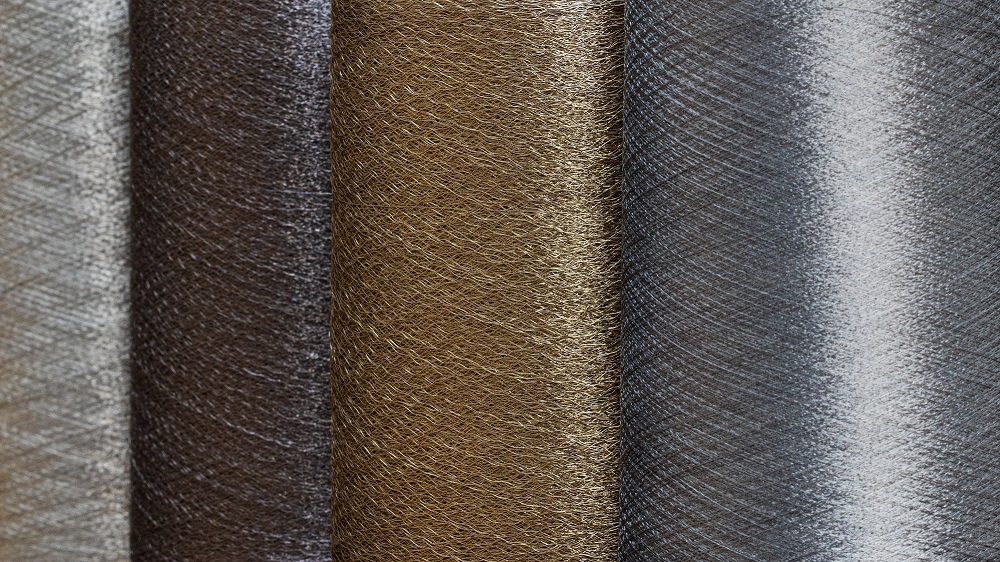Antistatic Materials & Shieldex Technology
– Innovations for Your Business
Modern technology today has opened the door to a world of materials and products that were once unimaginable. A remarkable breakthrough in this development is antistatic materials. They help control static electricity and ensure the smooth operation of devices in a variety of industries. At the forefront of this revolution is Shieldex, a globally leading company in the production of metalized textiles. These textiles provide effective protection against electrostatic discharge and are 100% Made in Germany.
The Innovation Behind Shieldex
Shieldex and the Unique Silver Plating Process
The metalized textiles manufactured by Shieldex are based on a unique silver plating process that is world-leading. Through this process, fibers and yarns are metalized with 99.9% pure silver, offering outstanding antistatic properties by using silver as the metallization material. As a result, Shieldex’s antistatic materials effectively prevent electrostatic charging and protect sensitive electronic components from damage.
Copper, Nickel, and Tin in Textile Form
In addition to silver, Shieldex also uses copper, nickel, and tin for the metallization of its textiles. Copper has electromagnetic shielding properties, nickel enhances conductivity and serves as corrosion protection, while tin allows for the soldering of fabrics without compromising their flexibility and high conductivity.
Fibers and Yarns for antistatic applications
Shieldex Yarns: Where Conductivity Meets Versatility
Shieldex offers a range of yarns, including monofilaments, multifilaments, and twisted yarns. These yarns are highly versatile due to their antistatic, thermal, and electrical conductivity properties. They are particularly suitable for technical and antistatic applications, as they are tear-resistant and highly conductive.
Shieldex Fibers: The Blend Matters
Shieldex fibers can be easily spun with natural and chemical fibers, significantly expanding their applications in conductive textiles. They are available in various lengths and configurations, primarily used in clothing and home textiles.




